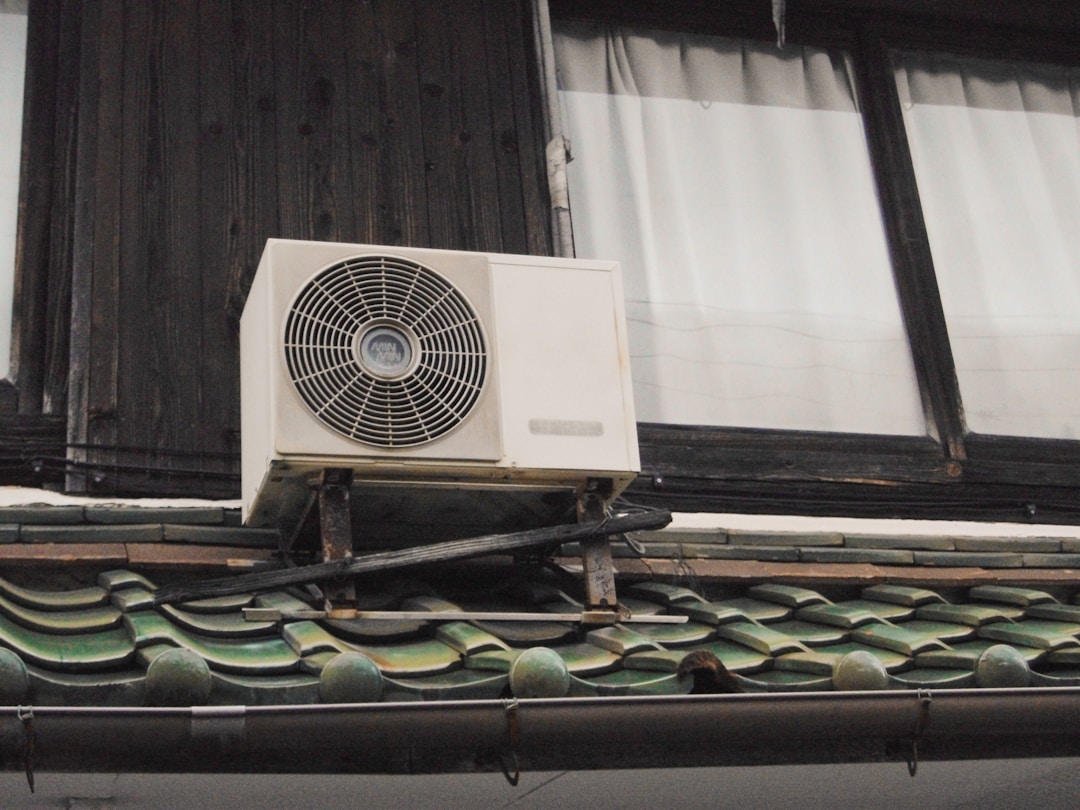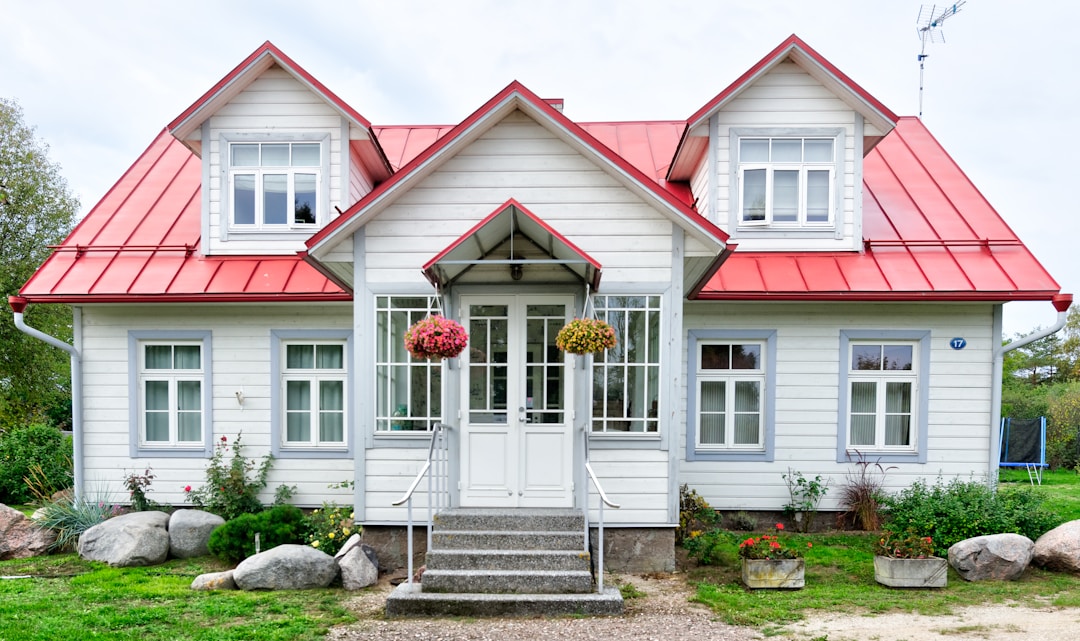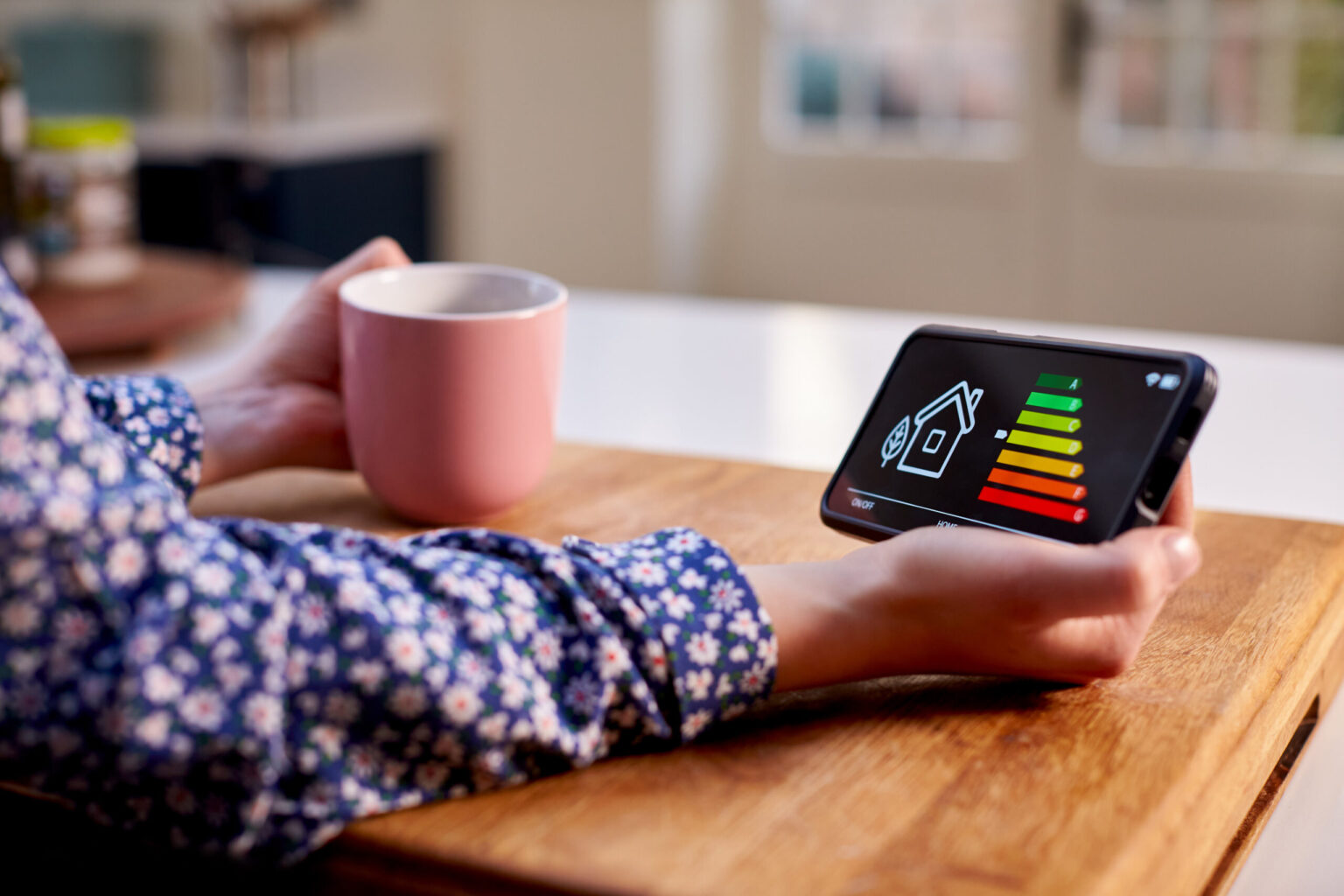Everyone wants their home to be comfortable, stylish, and, most importantly, energy-efficient. Energy efficiency not only helps the environment but can cut down utility bills, making it an attractive aspect of home improvement. Whether you’re considering a full-scale redesign of your home, making a few key modifications, or simply looking for a way to save money on your monthly expenses, there are several ways you can increase your home’s energy efficiency. In this article, we will provide you with a comprehensive understanding of creating an energy-efficient home.
Utilize Energy-Efficient Appliances

Household appliances contribute to your home’s energy consumption. Using eco-friendly appliances can cut your utility bills by a significant amount. Look for appliances with an Energy Star rating, as these are designed to be much more energy-efficient than their counterparts. If you’re in need of a new HVAC system, then you should talk to an HVAC professional like EM Logan Woodbridge. Upgrading your HVAC system will create a more efficient home. By investing in a modern, energy-efficient model, you can enjoy improved comfort, reduced energy consumption, and long-term cost savings.
Also, consider how you use your appliances. For example, only running your dishwasher with a full load can save both water and energy. Similarly, adjusting your fridge and freezer to the optimal temperature can prevent unnecessary energy usage. Aside from this, when replacing appliances, consider the lifespan of the appliance. While energy-efficient models may sometimes have a higher upfront cost, the savings you will obtain through reduced energy bills often outweigh the initial cost.
Insulation is Key
Good insulation is a fundamental aspect of an energy-efficient home. It keeps the home warm during winter and cold during summer by minimizing the amount of heat that escapes or enters the house. A well-insulated home reduces the need for excessive heating or air-conditioning, which can be major energy and cost-drainers. There are various types of insulation to consider, each with its pros and cons. These include blanket insulation, sprayed foam insulation, and structural insulated panels.
On the flip side, while more expensive, sprayed foam insulation provides superior energy efficiency because it molds to fill nooks and crannies, preventing any air leakages. Structural insulated panels also offer excellent energy efficiency as they provide an airtight, structurally sound shield around homes, preventing heat loss or gain.
Upgrade Your Windows and Doors

Windows and doors can also be sources of heat loss or gain. If your home still uses single-pane windows or thin doors, consider upgrading to double-glazed windows and propane doors. These provide much better insulation and protect your home from the outside temperature, reducing your need for heating or cooling. Energy Star-rated windows are an excellent choice as they meet the strict energy efficiency guidelines set by the EPA.
Along the same line, retractable awnings can play a useful role in maintaining an energy-efficient home. These awnings provide numerous benefits in terms of reducing heat gain, lowering energy consumption, and creating a comfortable living environment. By offering shade and protection from direct sunlight, retractable awnings effectively block out the harsh rays that can heat up the interior of a house, especially during the hot summer months. This, in turn, reduces the reliance on air conditioning systems and helps to conserve energy.
Use Renewable Energy Sources

Renewable energy sources are becoming increasingly common and are a fantastic way to reduce your home’s energy usage. Solar power is the most popular form of renewable energy and can be used to power anything from your home’s heating and cooling system to individual appliances. Although the upfront costs of installing solar panels can be high, they can save you a lot of money in the long run. Many governments offer incentives and aid for households looking to switch to renewable energy, making it an increasingly affordable option.
As this article illustrates, there are numerous ways to create a more energy-efficient home. From upgrading your insulation and windows to using energy-efficient appliances and harnessing renewable energy, you can make your home more eco-friendly, reduce your carbon footprint, and save on your energy bills. If you stick to the advice in this article, then you’ll be well on your way to designing an eco-friendly and sustainable home that you can enjoy for years to come.






